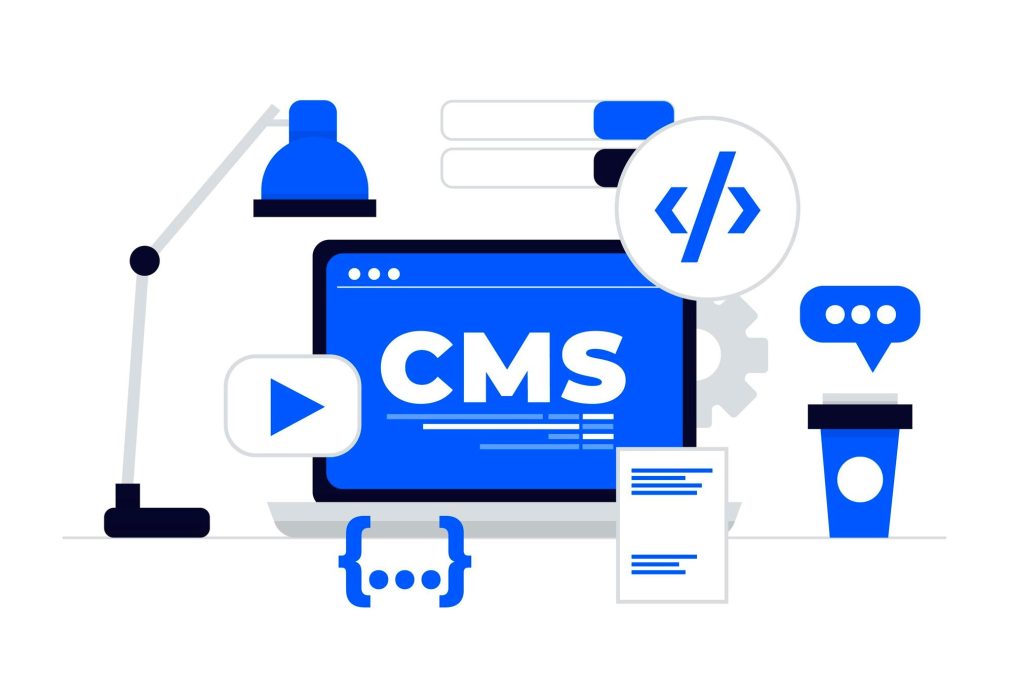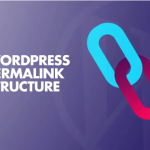Are you ready to dive into the world of website creation? If you’re wondering How to Use WordPress, you’ve come to the right place! WordPress is an incredibly popular platform that powers over 43% of the websites on the internet. With its user-friendly interface and vast array of features, it’s no wonder so many people choose WordPress to build their online presence. In this comprehensive guide, we’ll walk you through everything you need to know about How to Use WordPress effectively.
Why Choose WordPress?
WordPress is renowned for its flexibility and scalability. Whether you want to start a personal blog, an online store, or a portfolio, WordPress offers the tools to make your vision come to life. One of the greatest advantages of learning How to Use WordPress is that you don’t need any coding experience to get started. The platform is designed for everyone, from complete beginners to seasoned web developers.
Navigating the Learning Curve
Despite its popularity, many new users find themselves feeling overwhelmed when trying to figure out How to Use WordPress. With thousands of themes and plugins available, it can be challenging to know where to begin. You might be asking yourself:
- What is the best hosting provider for WordPress?
- How do I choose a theme?
- What plugins should I install?
- How can I optimize my site for search engines?
These questions can lead to frustration, but don’t worry! This guide will provide clear answers to help you get started on your WordPress journey.
Step-by-Step Instructions to Master WordPress
By the time you finish reading this guide, you will have a solid understanding of How to Use WordPress. We’ll cover everything from setting up your site to creating content, optimizing for SEO, and engaging with your audience. Let’s get started!
1. Getting Started with WordPress
1.1 Choosing a Hosting Provider
To use WordPress, you first need a web hosting provider. Hosting is where your website lives on the internet. There are many reputable hosting companies to choose from, such as Bluehost, SiteGround, and DreamHost. When selecting a host, consider their customer service, pricing, and the ease of installation. Most hosting providers offer a one-click installation option for WordPress, making it incredibly simple to get started.
1.2 Installing WordPress
Once you have selected a hosting provider, installing WordPress is straightforward. If your host offers one-click installation, simply click the button, and your WordPress site will be set up in minutes. If not, you can download WordPress from the official website and upload it to your hosting account. Many hosting companies provide step-by-step guides to assist you with this process.
1.3 Accessing the WordPress Dashboard
After installation, you can access your WordPress dashboard by visiting yourwebsite.com/wp-admin. This dashboard is your control center for managing your site. Familiarizing yourself with the dashboard is crucial, as it is where you will spend most of your time learning How to Use WordPress.
2. Selecting a Theme
2.1 Exploring WordPress Themes
One of the most exciting aspects of using WordPress is the ability to choose from thousands of themes. A theme dictates how your website looks and feels. When selecting a theme, consider your website’s purpose. Are you creating a blog, a portfolio, or an online store? Ensure the theme you choose aligns with your goals.
2.2 Installing and Customizing Your Theme
To install a theme, navigate to the “Appearance” section in your dashboard, click on “Themes,” and then “Add New.” You can browse through the available options or upload a theme you’ve downloaded. After installing your chosen theme, click “Customize” to adjust the settings. This is where you can change your site title, tagline, colors, and more. Customizing your theme is an essential part of learning How to Use WordPress.
3. Creating Content
3.1 Understanding Posts vs. Pages
When using WordPress, it’s important to understand the difference between posts and pages. Posts are typically used for blog entries and are displayed in reverse chronological order. Pages, on the other hand, are static and can be used for content like “About Us” or “Contact.” Knowing when to use each is crucial for structuring your site and understanding How to Use WordPress properly.
3.2 Adding a New Post or Page
To create a new post or page, go to the “Posts” or “Pages” section in your dashboard and click “Add New.” You’ll be taken to the editor, where you can start writing your content. WordPress features a block editor that allows you to add various elements such as text, images, and videos easily. This intuitive system makes it simple to create engaging content as you learn How to Use WordPress.
4. Utilizing Plugins
4.1 What Are Plugins?
Plugins are like apps for your WordPress site; they add functionality and features to enhance your website’s capabilities. Learning how to use WordPress effectively involves understanding which plugins you need to install to maximize your site’s potential.
4.2 Recommended Plugins
- Yoast SEO: This plugin helps you optimize your content for search engines, making it easier for people to find your site.
- WooCommerce: Essential for creating an online store, WooCommerce provides everything you need to sell products or services.
- Contact Form 7: Easily add contact forms to your site, making it simple for visitors to get in touch with you.
- Wordfence Security: This plugin provides essential security features and firewall protection to keep your site safe.
To install a plugin, go to “Plugins” > “Add New” in your dashboard, search for the desired plugin, and click “Install Now.” After installation, activate the plugin to start using it.
5. Optimizing for SEO
5.1 The Importance of SEO
Search Engine Optimization (SEO) is crucial for increasing your website’s visibility in search engine results. Learning How to Use WordPress for SEO can help you attract more visitors to your site.
5.2 Basic SEO Practices
- Use SEO-Friendly URLs: WordPress allows you to customize your permalinks. Go to “Settings” > “Permalinks” and select a format that includes keywords related to your content.
- Optimize Your Images: Ensure your images are compressed for faster loading times, and always use descriptive alt text to improve accessibility.
- Create Quality Content: Regularly update your site with valuable, informative content that addresses your audience’s needs and interests.
6. Engaging with Your Audience
6.1 Enabling Comments
Engagement is essential for building a community around your site. Enabling comments on your posts encourages interaction and feedback from your readers. To enable comments, go to the “Discussion” settings in your dashboard.
6.2 Utilizing Social Media
Sharing your content on social media platforms can help you reach a wider audience. Integrating social media sharing buttons on your site makes it easy for visitors to share your content with their networks. Plugins like Social Snap or Monarch can help you achieve this effortlessly.
7. Regular Maintenance
7.1 Updating WordPress, Themes, and Plugins
Keeping your WordPress site updated is crucial for security and performance. Regularly check for updates in your dashboard and install them promptly. Most updates can be done with a single click, ensuring that your site remains secure and functional.
7.2 Backing Up Your Site
Backing up your website is vital for protecting your data from unexpected loss. Consider using a plugin like UpdraftPlus or BackupBuddy to automate this process. Regular backups ensure that your site is safe, and you can restore it if something goes wrong.
8. Learning Resources
8.1 Utilizing Online Tutorials
One of the best ways to improve your skills is to utilize online tutorials. Many websites, YouTube channels, and blogs provide valuable information on how to use WordPress effectively. Consider following WordPress-focused blogs or channels to stay updated on best practices and new features.
8.2 Joining WordPress Communities
Participating in WordPress communities can also be beneficial. Forums, Facebook groups, and local meetups allow you to connect with other WordPress users, share experiences, and ask questions. Engaging with these communities can provide insights and tips that help you learn How to Use WordPress more effectively.
Your Journey with WordPress
Now that you have a solid understanding of How to Use WordPress, it’s time to start building your online presence! WordPress is a powerful platform that can help you achieve your goals, whether you’re starting a blog, launching a business, or creating a portfolio. Remember, the more you practice and experiment, the more comfortable you will become.
In summary, learning How to Use WordPress is a valuable skill that opens up a world of opportunities. With dedication and creativity, you can create a successful website that meets your needs. Don’t hesitate to explore tutorials, engage with communities, and ask questions along the way.
Interesting Reads:
10 Best Software for Podcast Recording





